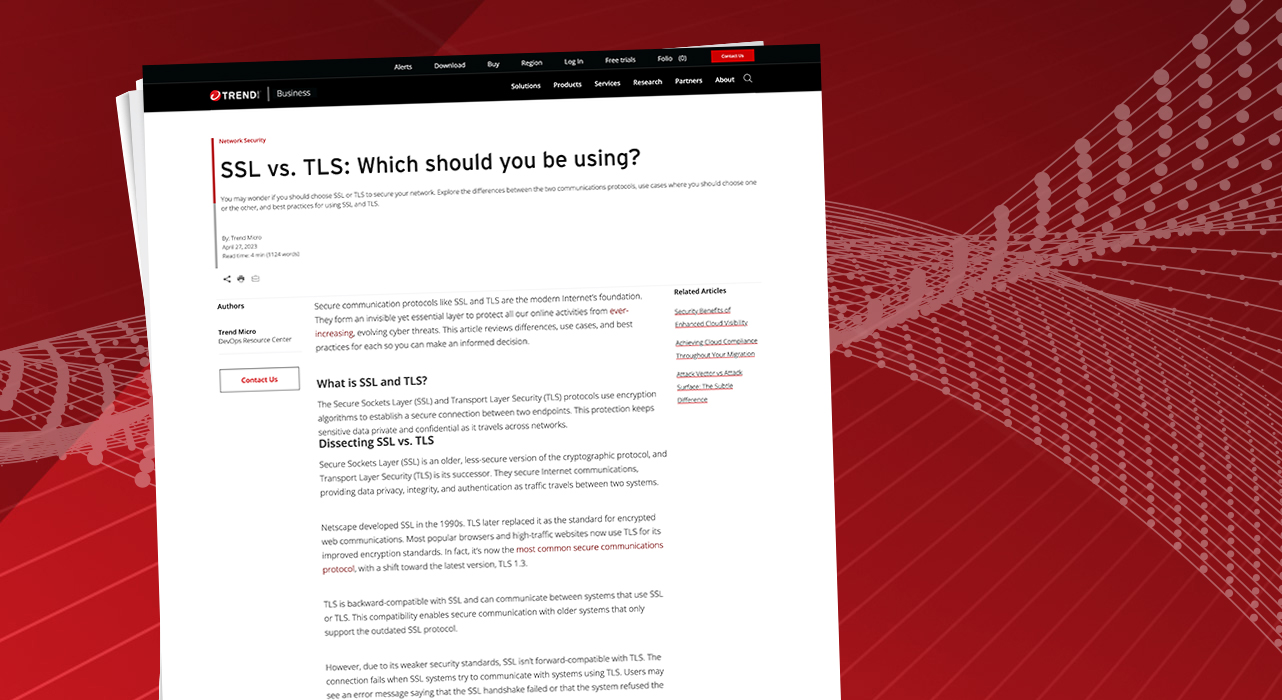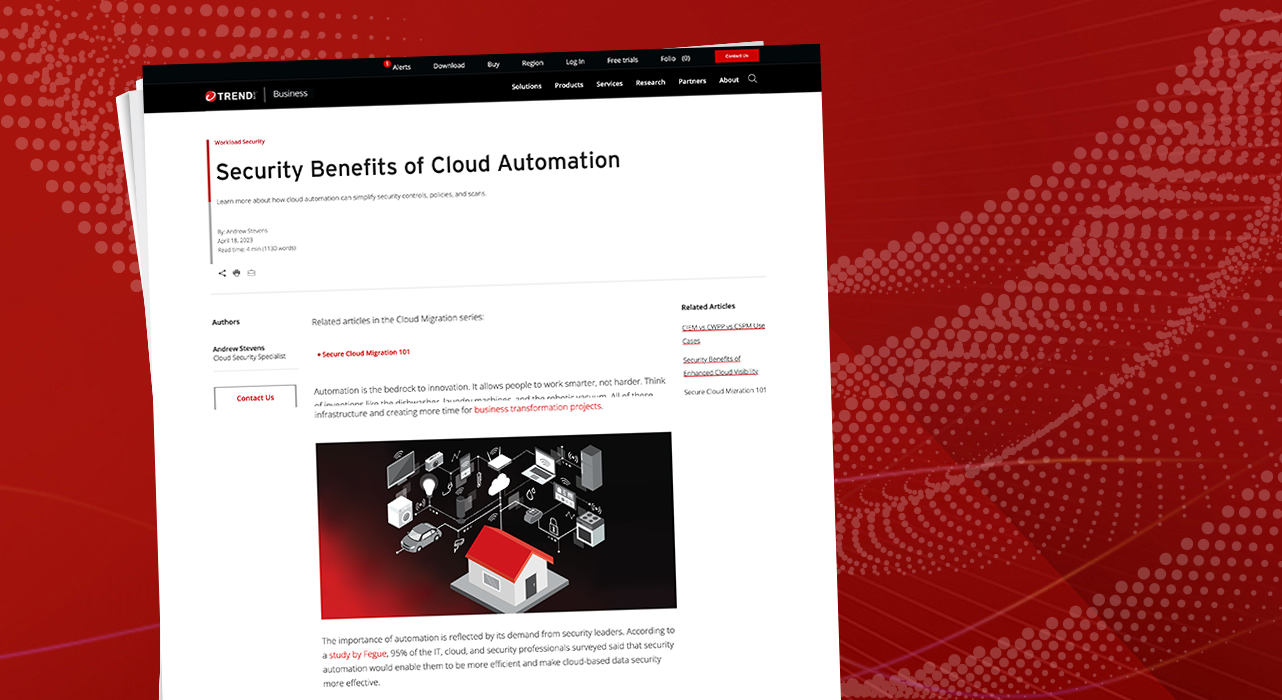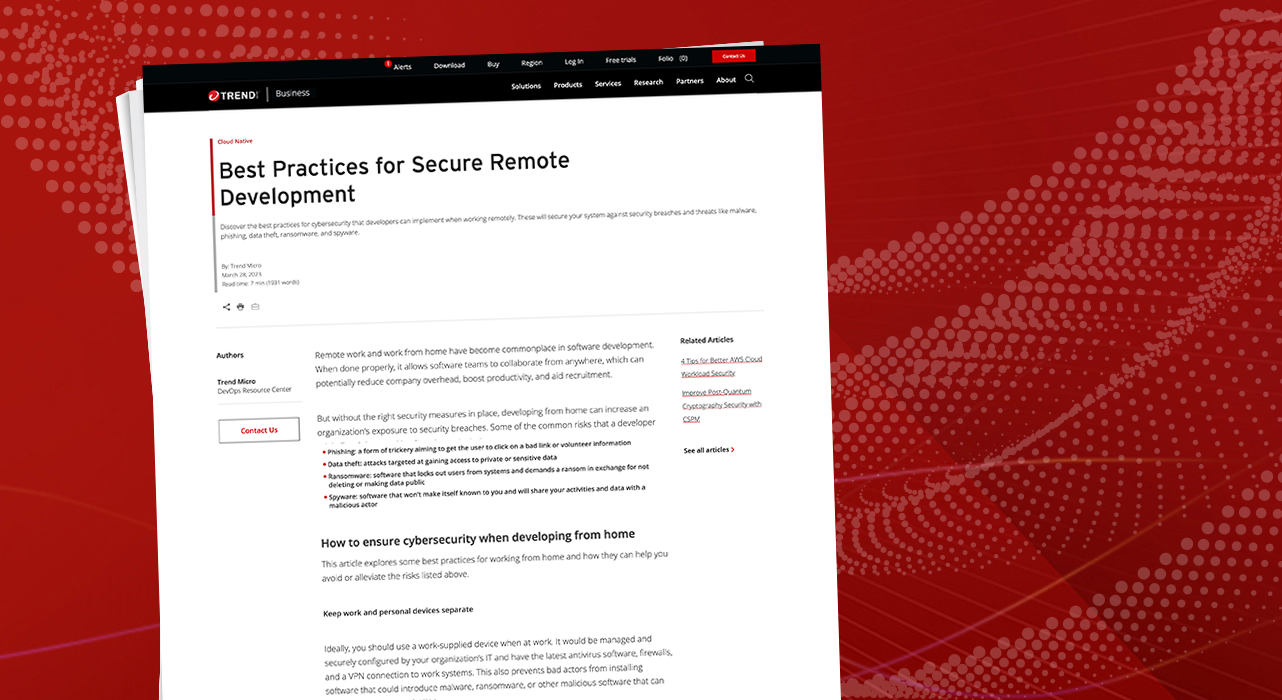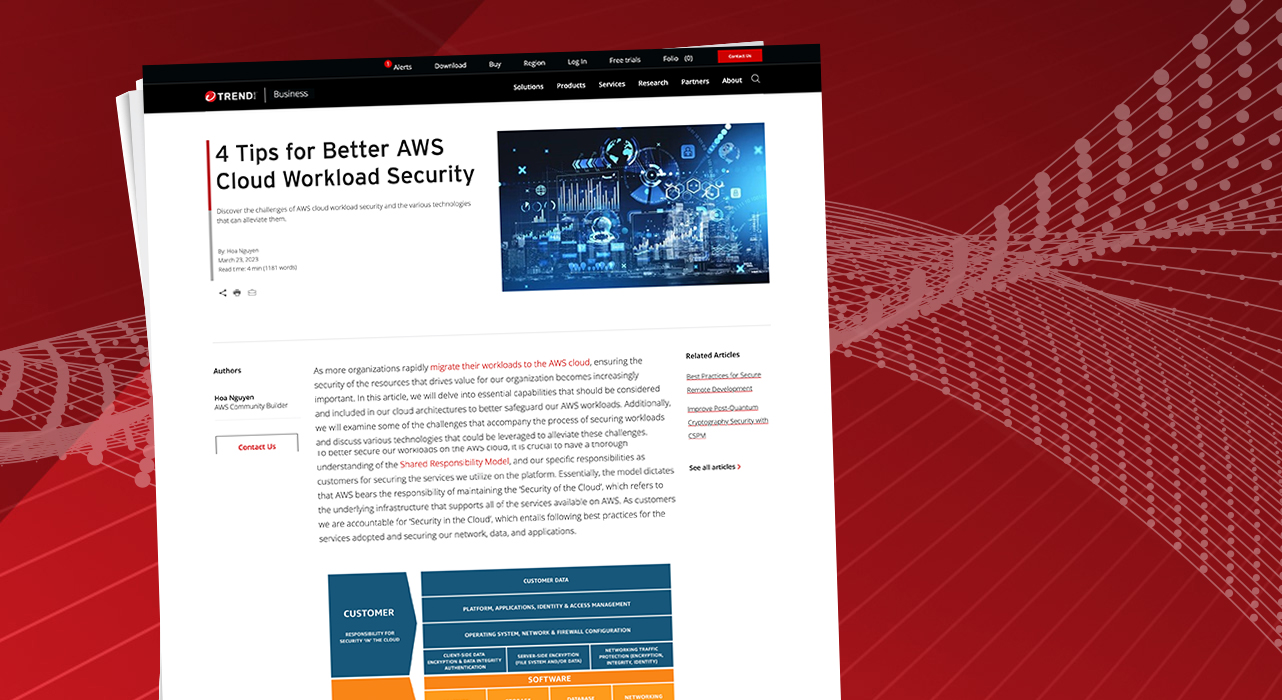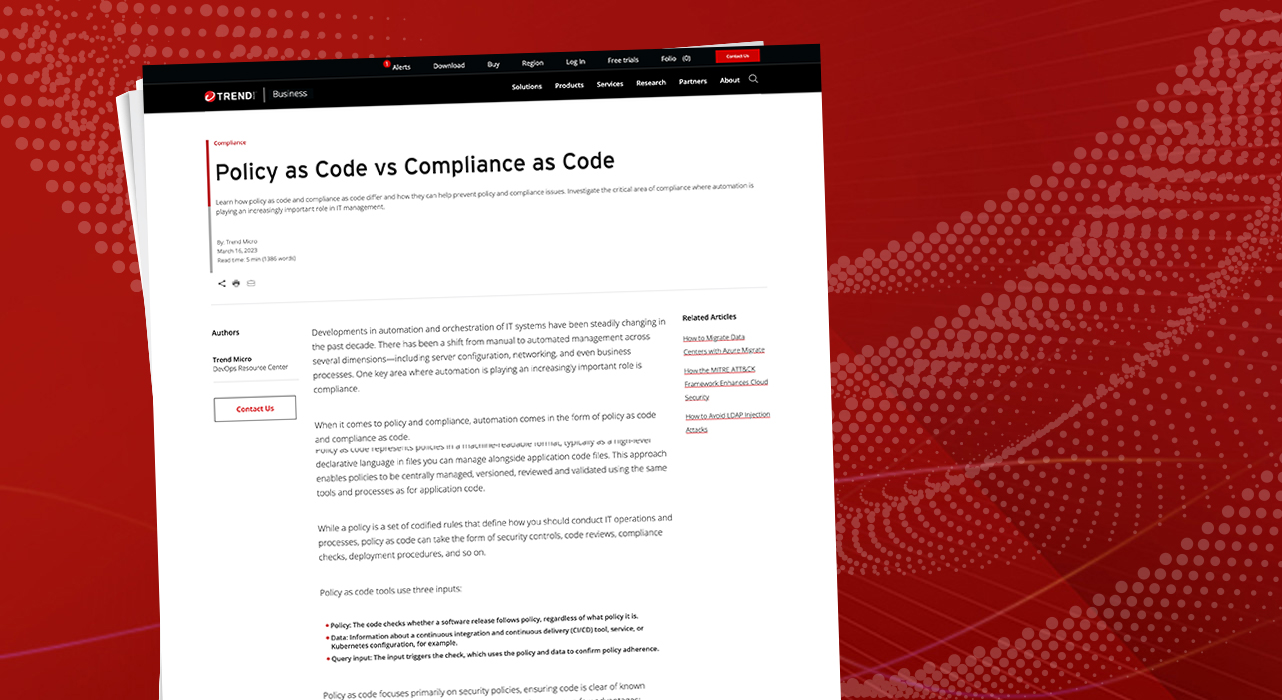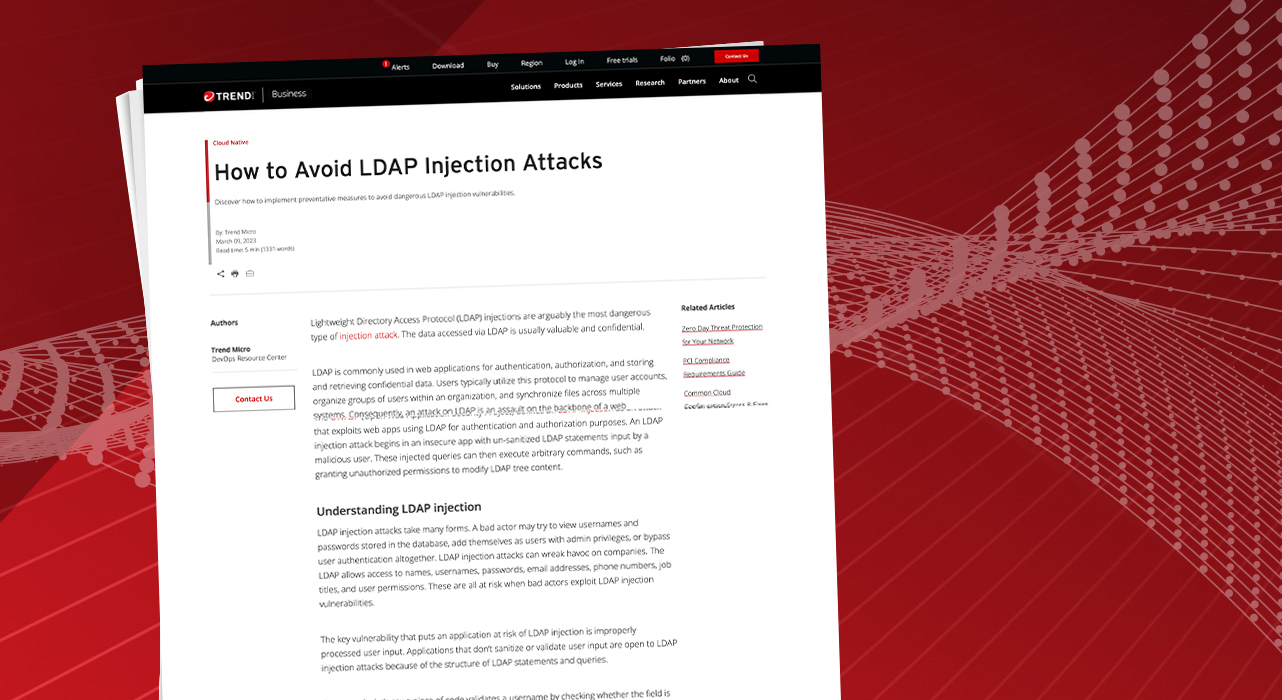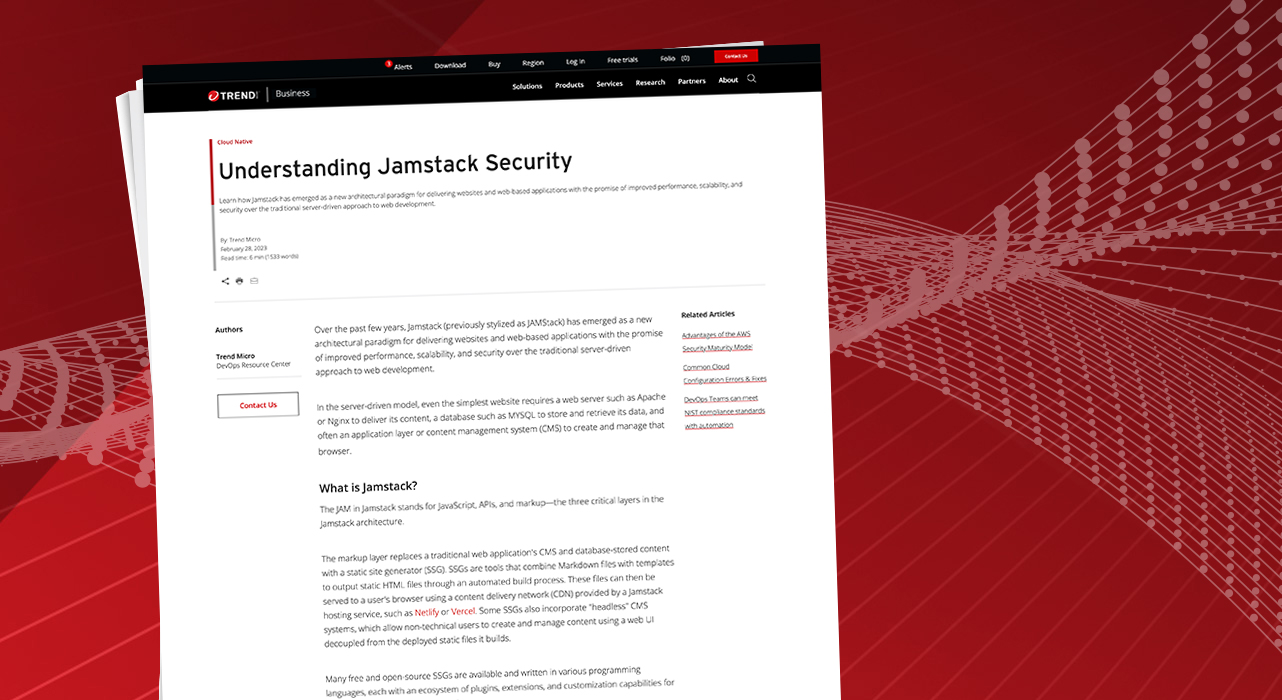- This video doorbell camera has just as many features are my Ring - and no subscription required
- LG is giving away free 27-inch gaming monitors, but this is the last day to grab one
- I tested this Eufy security camera and can't go back to grainy night vision
- I replaced my iPhone with a premium dumbphone - here's my verdict after a month
- Build your toolkit with the 10 DIY gadgets every dad should have
Evolving Broadband Networks with Cisco Subscriber Edge
This is Part III of a three-blog series on solutions to overcome challenges associated with bridging the digital divide. In part I of this series, we discussed traditional broadband network architectures and their limitations. In part II, we discussed details on the evolution of broadband networks, using a distributed architecture with a centralized control plane, designed to address the challenges associated with traditional broadband networks. In this final blog, we will focus on the…
Read More


